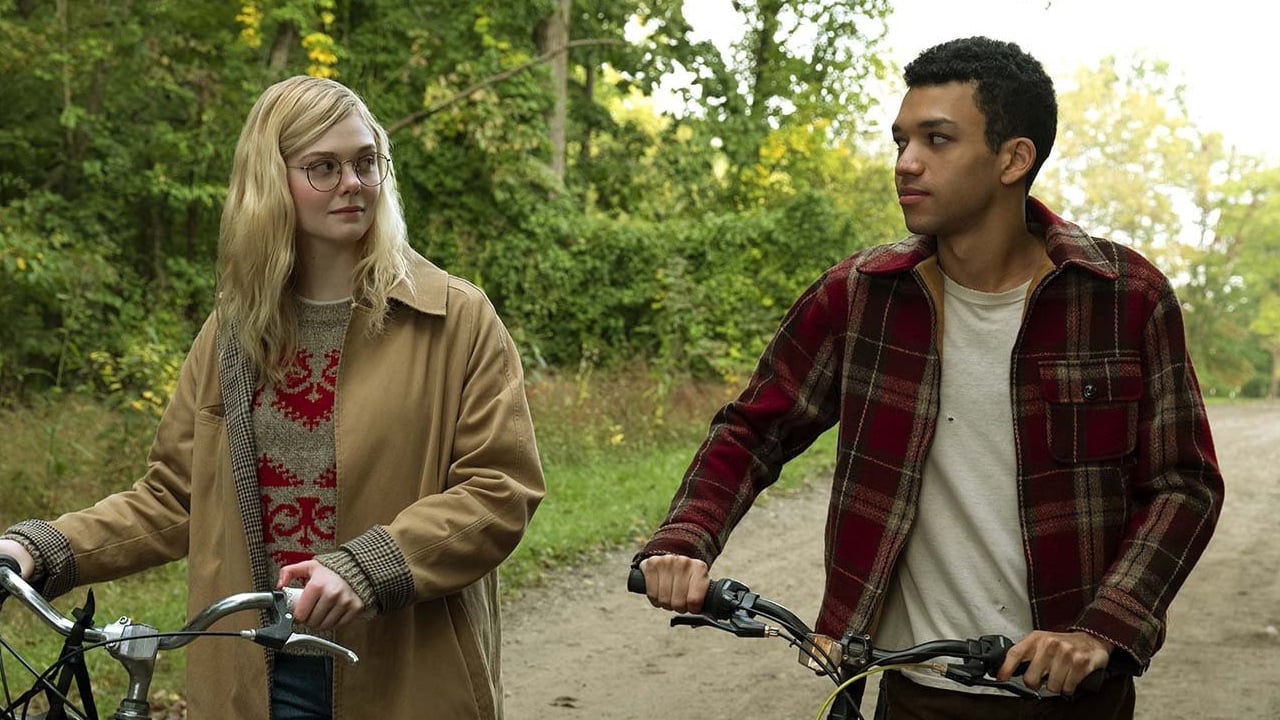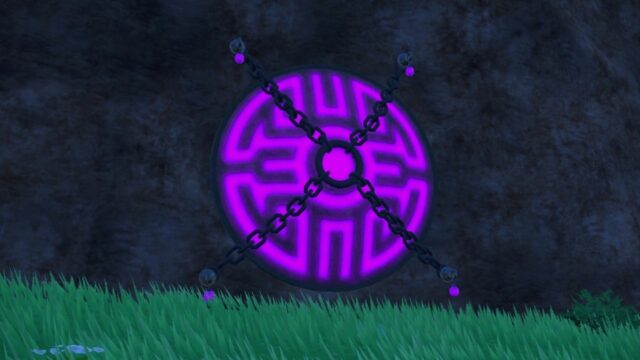Editor’s note: This article contains descriptions of mental illness and suicide that some readers may find disturbing.
Netflix’s All The Bright Places starts with two teens Violet and Finch, literally atop the ledge on a river with one of them bent on jumping. While no one dies on that particular day, one of them does not make it to the other side of the film.
Who was it? Was it the popular girl Violet struggling to deal with her sister’s untimely death? Was it Finch, the school freak known for his abrupt dark moods and lengthy disappearances from classes? Read on to find out.
1. List of People Who Die in the Film
Theodore Finch (Justice Smith) dies at the end of All The Bright Places. We never get to see how he dies. Violet only finds his clothes abandoned near the lake they would take a swim in.
2. How Does Finch Die in All The Bright Places?
When Finch first meets Violet, he talks her down off a bridge—the same bridge where her sister met with a fatal car crash not very long ago. However, what we are not told is Finch’s suicidal tendencies and dark periods of depression.
Those words never make it to the movie, but we know when one of Finch’s favorites pastimes is to hold his breath underwater.
He has a wall full of post-it’s listing both good and bad things in his life — almost as if weighing one against the other. Finally, his creepy fascination with Violet’s struggle with suicidal tendencies.
One gets the sense that Finch is genuinely fascinated by Violet, but he’s probably also grateful for the opportunity to think about somebody else’s problems for a change.
Finch manages to convince Violet to be his partner for a school assignment. They have to “wander” their home state of Indiana and discover new places for the grade.
What follows is a visual treat from small-town Indiana. Kudos to the film’s cinematographer Rob Givens for bringing us winding country roads perfect for golden hour bike rides and sun-drenched, lens-flared kisses in the middle of nowhere. They are literally all the bright places for us!

They fall in love, but things get very bad very soon, and it doesn’t help that Finch refuses to accept any support from Violet with his issues.
The movie takes a turn for the worse with a rather childish inciting incident when Finch keeps Violet out all night, infuriating her parents and resulting in her being grounded.
A couple more plot points, and before we know it, Finch is missing, and Violet discovers his clothes near the lake they used to go swimming. Finch has died by drowning.
While this is pretty much how Finch dies in the book, there are some key differences. In the book, when she finds his car and clothes at the lake, she doesn’t believe it right away.
Violet says to herself, “People like Theodore Finch don’t die. He’s just wandering,” before diving in to find him. Later, she even identifies Finch’s body, informs his family of his death, and still denies it all.
In the film, we are given a much more open ending. We never get to see Finch’s body, making others wonder if he died by suicide or accident?
After all, the dude loved to stop his breath underwater. Who is to say one of his experiments with death didn’t go wrong? The movie never openly acknowledges any clinical diagnosis of his mental condition either, so who knows.
3. Was Finch Suffering From a Mental Illness?
Earlier in 2020, the latest Netflix YA book adaptation All The Bright Places, came out with some significant 13 Reasons Why flashbacks.
Several parallels were drawn between the two Netflix productions dealing with teenage suicide.
However, Netflix seems to have learned its lessons from 13 Reasons Why because All The Bright Places had one of the most nuanced approaches to the sensitive topic.

The film has tried very hard not to romanticize suicidal tendencies or try to make death the focus of its drama.
However, while treading this tight rope, the film also fails to convey the seriousness of teenage mental health by simply avoiding the more profound and darker places.
One of the many changes from Jennifer Niven’s 2015 best-selling novel was about Finch. The movie takes a major turn away from the book’s portrayal of Finch as being on the Bipolar spectrum.
In the film, Finch does not have any identified mental condition but is just termed “the freak” who sometimes has “scary moods”.
His suicidal tendencies and obsession with death, all fleshed out in the book, were kept out of the film. Instead, Violet and her suicidal tendency were made the plot-center.
According to director Brett Haley, this was a conscious decision “to responsibly tell a story about someone who shows signs of inner conflict before he disappears.”
Haley did not want to glorify by showing anything onscreen and instead open a dialogue about mental health by showing what could happen when someone suffers secretly.
“We wanted it to be more engaging with the audience, like ‘What’s going on with him? Why is he suffering?’.”
About Finch not being diagnosed with a specific mental condition in the film, Haley reasoned, “We did not want to make a blanket statement and say, ‘Oh, well, this is how the disorder is’.”
But for some critics, this approach makes for a relatively shallow production. The film’s tone changes rather abruptly from light to devastating, causing the film’s characters to be watered down compared to the original book.
Personally, it is baffling to hear the word freak so many times, but never have anyone mention any words like mental illness or a condition or syndrome.
There are just vague terms like “dark moods” and “the freak” put to use when describing Finch’s erratic behaviors.
Maybe that’s how frustrating it is for someone suffering from a clinical condition, or maybe teenagers have been grossly underestimated by the filmmakers.
4. About All The Bright Places
All the Bright Places was adapted from Jennifer Niven’s famous 2015 YA novel of the same name.
Adapted for the screen by Liz Hannah and Niven, and directed by Brett Haley, it follows the short-lived romance between high school seniors Violet (Elle Fanning) and Finch (Justice Smith).
Each one is battling distinctly different inner turmoils. While he’s dealing with an unidentified mental illness, she’s struggling to move on after her sister’s death in a car crash.









No Comments on Does Someone Die in All The Bright Places?